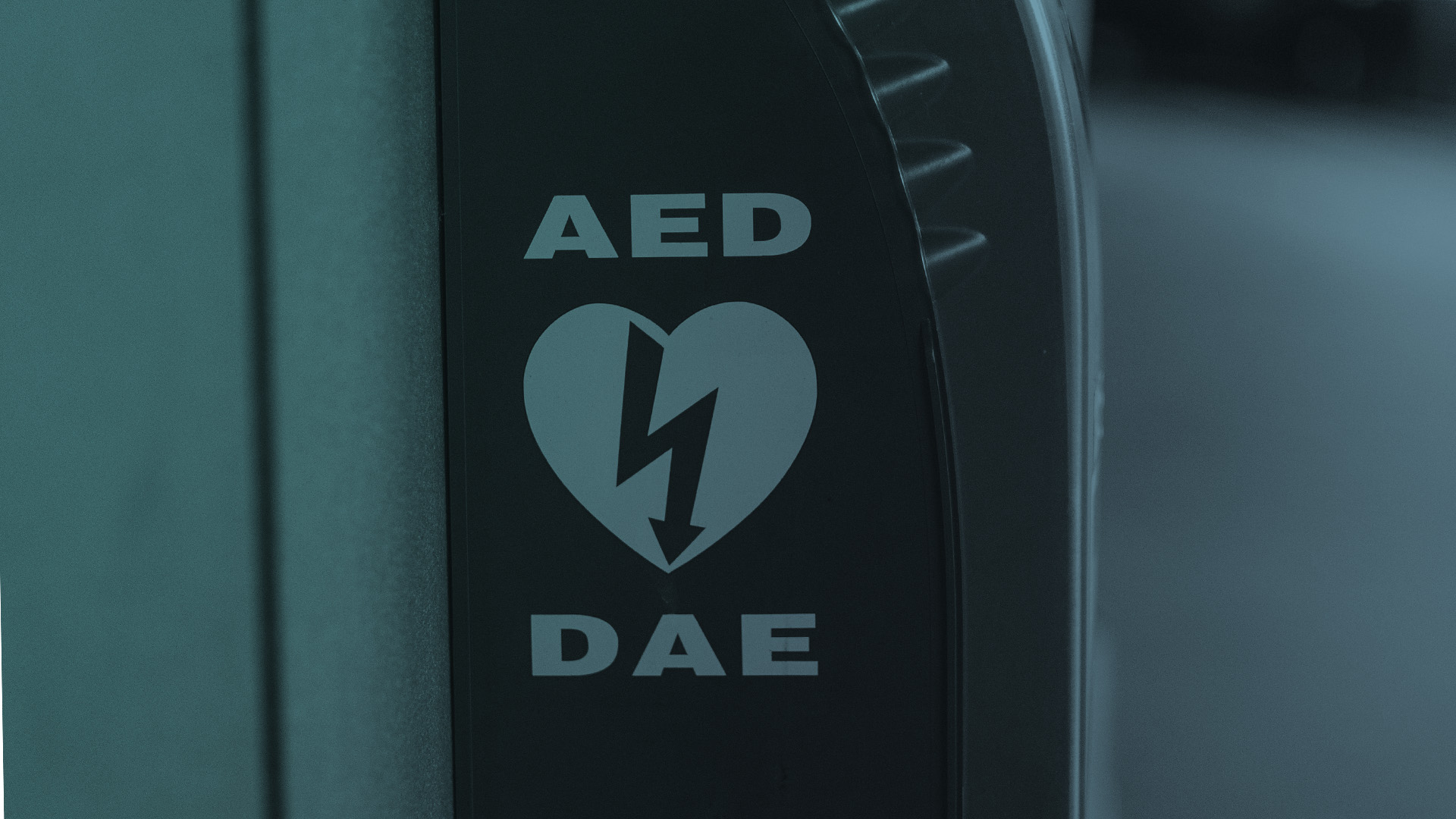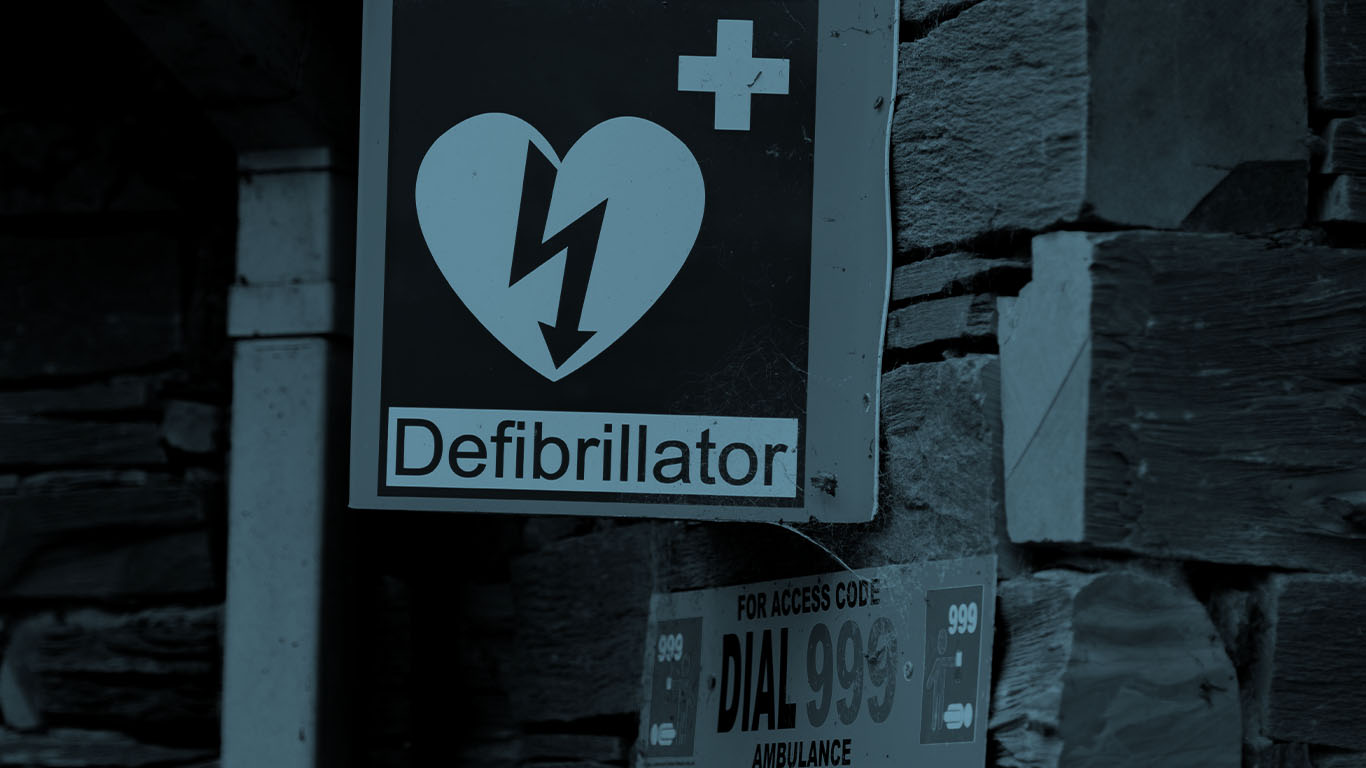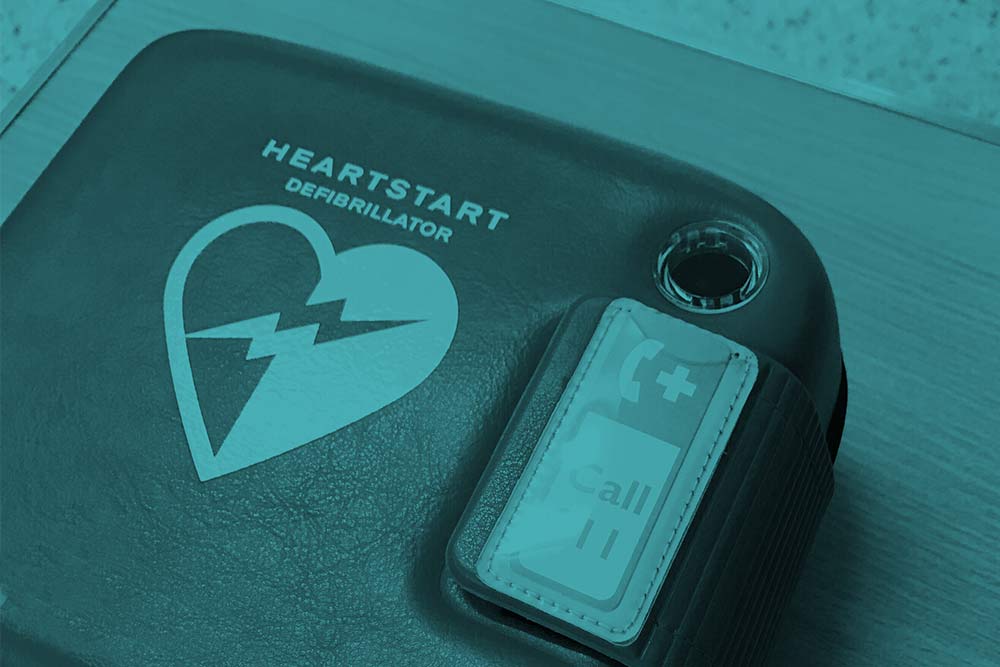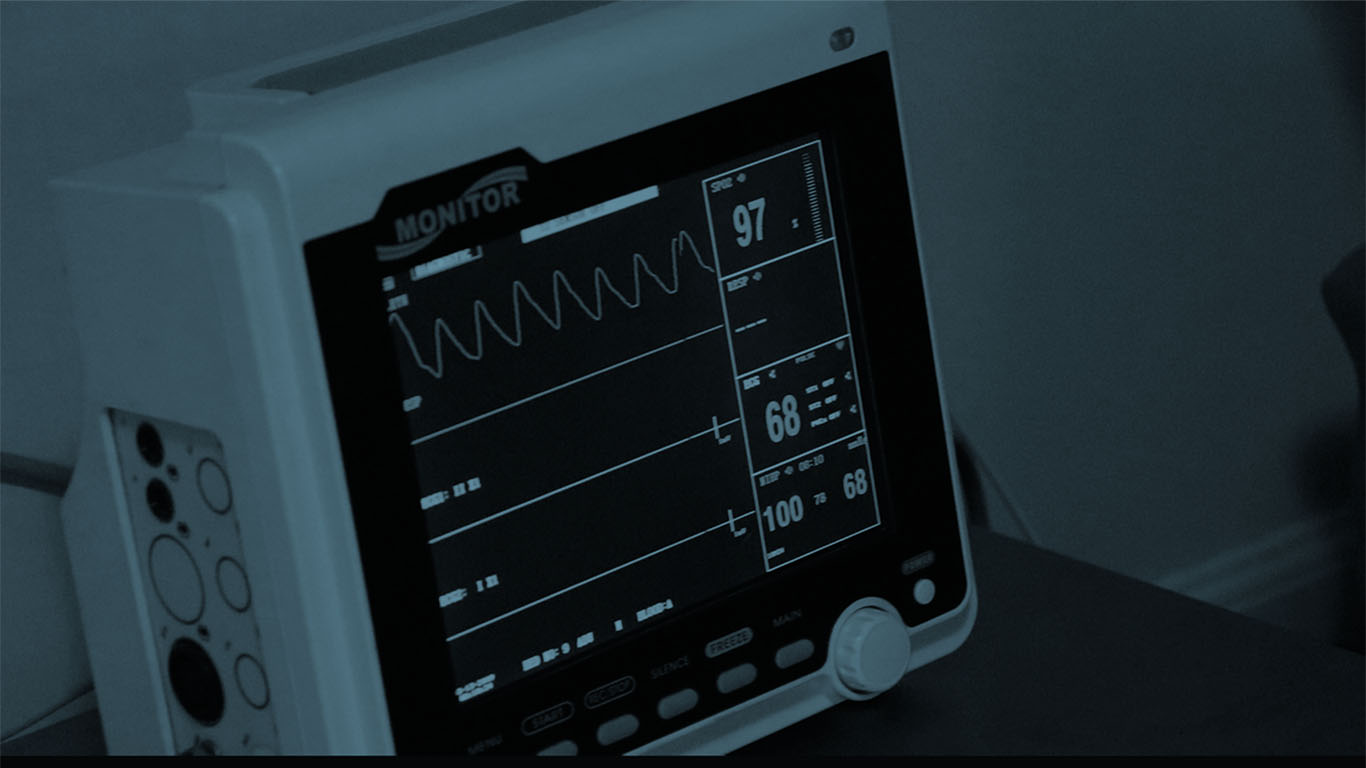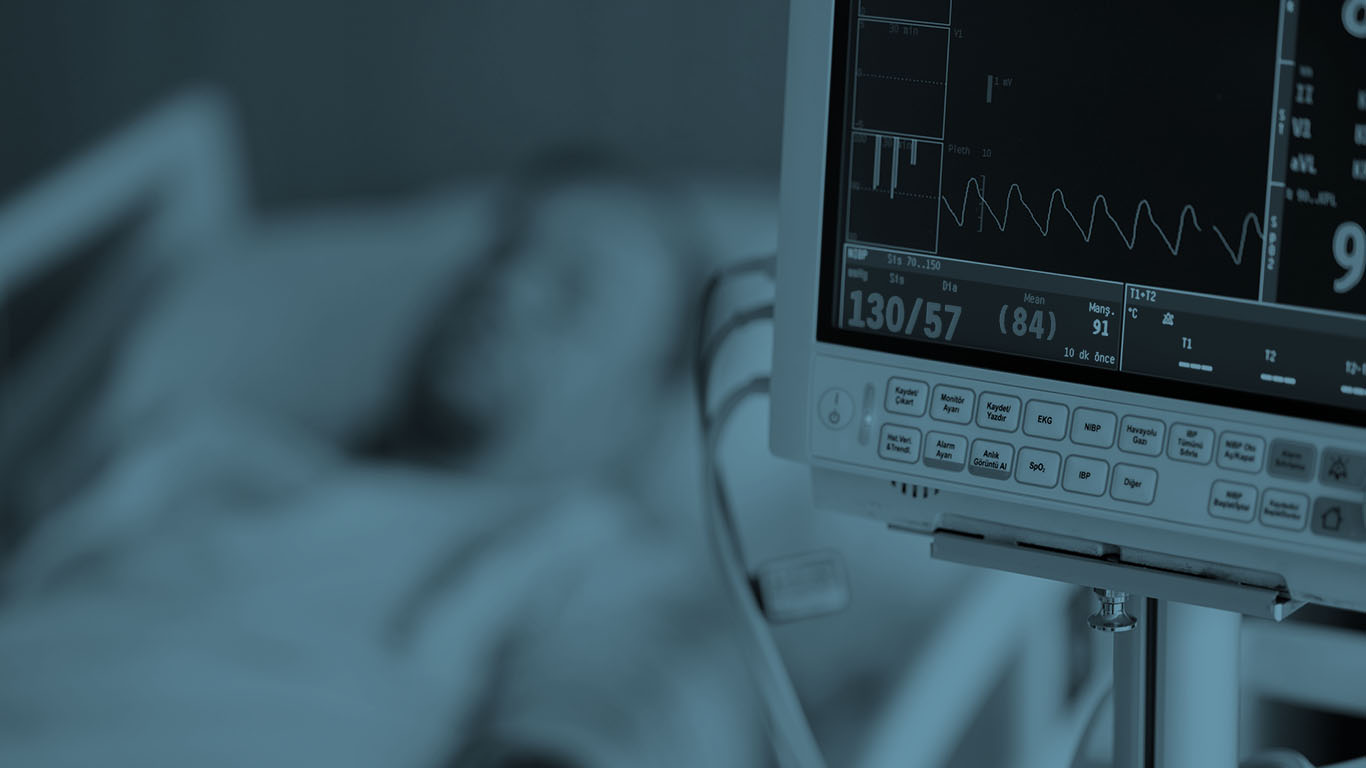Background: Sudden cardiac arrest (SCA) is the leading cause of student-athlete mortality, often described interchangeably as sudden cardiac death (SCD). For persons aged ≤35 years, structural heart disease, such as hypertrophic cardiomyopathy, is historically the most common etiology. Regarding individuals aged >35 years, coronary artery disease is the main contributor to SCD during exercise.
Indications: Though some athletes may endure prodromal symptoms prior to a SCA, approximately 25% to 50% do not. Up to 23,000 people aged <18 years die from SCA annually. SCA athlete deaths are reported to be the most common medical cause of death and the second most common overall behind motor vehicle accidents in this population. Therefore, it is important to acknowledge SCA prevalence and identify at-risk competitors.
Technique description: If a SCA is suspected, first assess surroundings for safety and athlete response to commands. Should there be no pulse, activate code. If necessary, an athlete’s shirt may be removed or cut to better access the bare chest for the automated external defibrillator (AED) pads. Apply pads and commence compressions. Refer to the AED for a shockable rhythm between compression cycles. Establish intravenous access as appropriate and if feasible. After 1 cycle of compressions, a shock is administered when a shockable rhythm is detected. Resume compressions if a pulse is not reestablished. If a pulse is reestablished, the athlete should then be immediately transported to the hospital.
Results: A literature review yields illustration of the multifactorial criteria that comprise return-to-sports guidelines, including activity intensity, extent of cardiac disease, and psychological/physical benefit from sport. SCD incidence is higher in competitive versus recreational athletes. In general, consolidation of these investigations makes it apparent that utilizing a shared decision-making process and a progressive exercise program is warranted prior to play resumption in most cases. The greatest SCA/SCD survival determinant is collapse to defibrillation time.
Discussion/conclusion: The American Heart Association/American College of Cardiology and the European Society of Cardiology recommend preparticipation cardiac screening to identify cardiac conditions that predispose to SCA/SCD risk. SCD prevention in athletes hinges on the prompt availability of quality cardiopulmonary resuscitation and AEDs.
Patient consent disclosure statement: The author(s) attests that consent has been obtained from any patient(s) appearing in this publication. If the individual may be identifiable, the author(s) has included a statement of release or other written form of approval from the patient(s) with this submission for publication.



